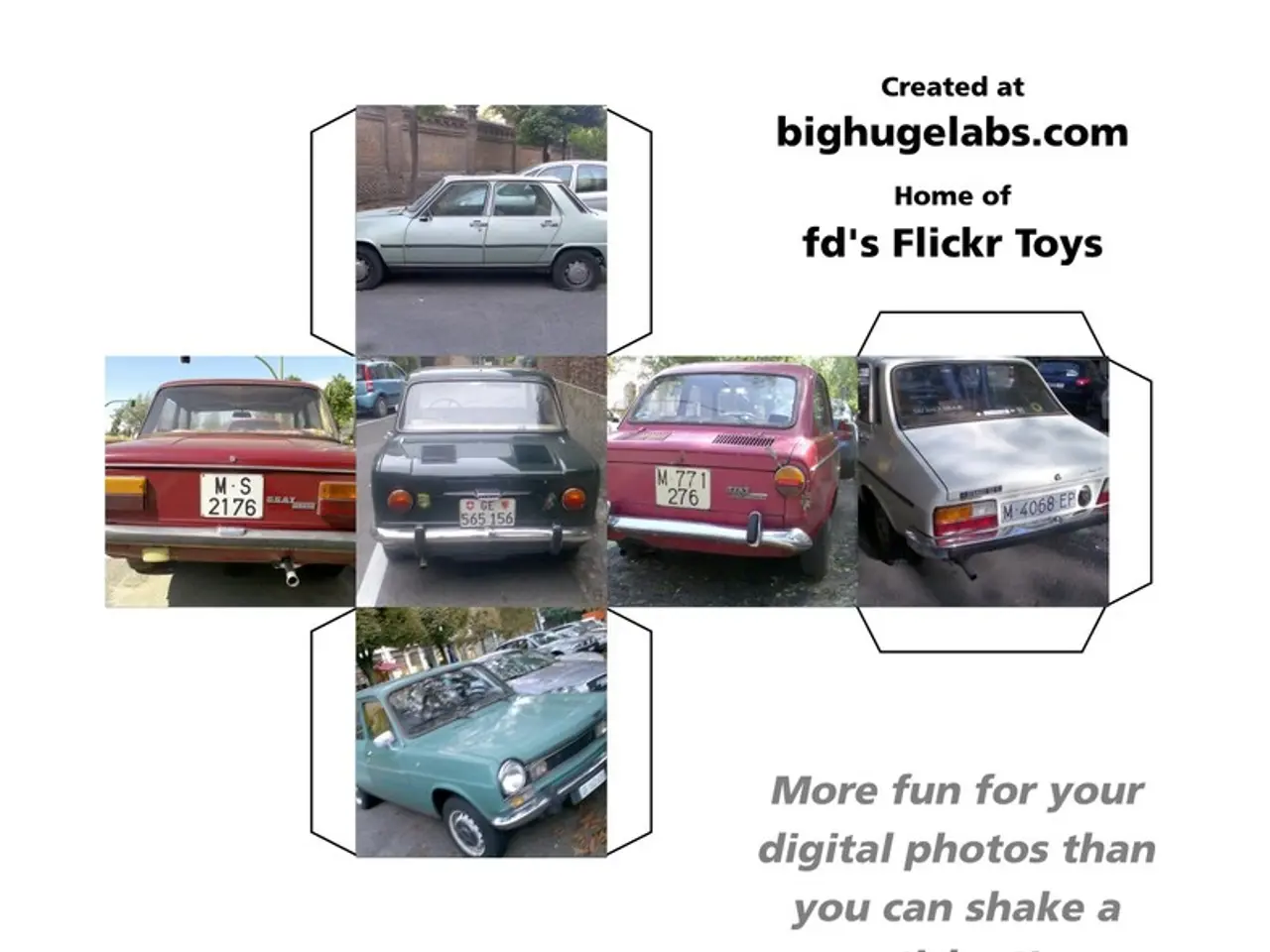China Prohibits Automobile Advertisements from Incorporating 'Autonomous Driving' Statements after Auto Accident
The National Highway Transportation Safety Board (NHTSA) in the United States has initiated a probe into Tesla's "Smart Summon" feature, following a series of incidents involving autonomous driving technology [1]. This probe comes in the wake of a report published by the NHTSA in April 2023, claiming that Tesla's Autopilot function had a "critical safety gap" that could be linked to hundreds of crashes [2].
In contrast, China's approach to regulating autonomous driving systems is markedly different. The country's 2025 regulations on marketing terms for autonomous driving systems require automakers to avoid exaggerated or false advertising, including replacing vague or over-promising terms like "intelligent driving" with clearer, more accurate descriptions aligned with actual system capabilities and regulatory standards [3].
These rules are part of a broader regulatory shift prioritizing safety, transparency, and ethical guidelines enforced by the Ministry of Industry and Information Technology (MIIT), State Administration for Market Regulation (SAMR), and Ministry of Science and Technology. Firms must strictly fulfill obligations to inform consumers truthfully and train users properly [3].
In the United States, marketing of autonomous driving systems is governed mainly by federal guidelines and standards set by agencies such as the NHTSA and SAE International's classification system (L0 to L5 automation) [4]. U.S. regulations focus less on specific marketing language controls and more on performance standards, safety validations, and ensuring that claims align with the SAE levels of autonomy. Marketing in the U.S. must avoid misleading consumers that systems, especially those classified as driver assistance (L2), are fully autonomous or "self-driving" [4].
To summarize the key comparative points in marketing regulations for autonomous driving systems:
| Aspect | China (2025 Regulations) | United States | |------------------------------------|-------------------------------------------------------------|--------------------------------------| | Regulatory agencies | MIIT, SAMR, Ministry of Science and Technology | NHTSA, Federal Trade Commission, SAE International | | Marketing term control | Strict avoidance of exaggerated/false advertising; redefined terminology like replacing "intelligent driving" with clear terms | Focus on preventing misleading claims with disclaimers; no mandated terminology redefinition | | System classification influence | Emphasis on SAE levels; L2 commercially available, L3 not yet fully approved | SAE levels used to define system capabilities; marketing must align realistically | | Safety and driver responsibility | Requires clear user info, driver monitoring, and active driver attention | Requires disclaimers, warnings, and consumer protection enforcement | | Transparency and documentation | Mandatory clear documentation of algorithms and system functions for inspection | Encouraged but less codified; focus on safety testing results disclosure |
This regulatory divergence reflects China's strong state-driven oversight model versus the U.S.'s market-driven, rule-of-law approach. The Chinese regulations also respond to recent safety incidents and seek to build consumer trust through transparency and stricter terminology use [3].
References: [1] Washington Post, 2021. Tesla's Autopilot function has been involved in 17 fatalities and as many as 736 crashes since 2019. [Online]. Available: https://www.washingtonpost.com/technology/2021/03/23/tesla-autopilot-crashes/
[2] NHTSA, 2023. NHTSA Identifies Critical Safety Gap in Tesla's Autopilot Function. [Online]. Available: https://www.nhtsa.gov/press-releases/nhtsa-identifies-critical-safety-gap-teslas-autopilot-function
[3] China's Ministry of Industry and Information Technology, 2025. Regulations on the Administration of the Internet of Vehicles. [Online]. Available: http://www.miitbeian.gov.cn/n11366696/n11366697/c11366698/content.html
[4] Federal Trade Commission, 2020. Enforcement Policy Statement on Automated Vehicle Technologies. [Online]. Available: https://www.ftc.gov/system/files/documents/public_statements/1392377/200328autonomousvehicles.pdf
[5] SAE International, 2018. Taxonomy and Definitions for Terms Relating to On-Road Motor Vehicle Automated Driving Systems. [Online]. Available: https://www.sae.org/standards/content/j3016_201804/
- The Chinese 2025 regulations on autonomous driving systems enforce strict avoidance of exaggerated or false advertising, replacing terms like "intelligent driving" with clearer, more accurate descriptions that align with actual system capabilities and regulatory standards.
- In the United States, marketing regulations for autonomous driving systems focus on preventing misleading claims, requiring disclaimers and ensuring that claims align with the SAE levels of autonomy.
- China's regulatory framework responds to recent safety incidents and seeks to build consumer trust through transparency and stricter terminology use, unlike the market-driven, rule-of-law approach in the United States.
- The future of the automotive technology industry may see a shift towards more transparent and standardized marketing practices, as regulatory bodies worldwide continue to refine their regulations to ensure consumer safety and proper representation of system capabilities.




